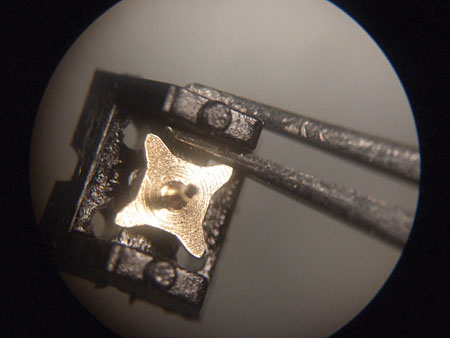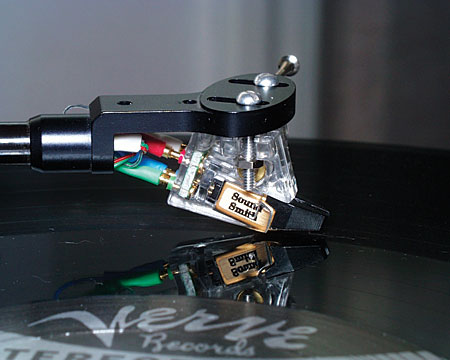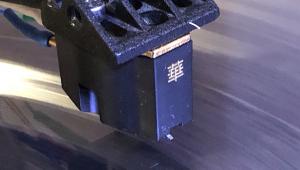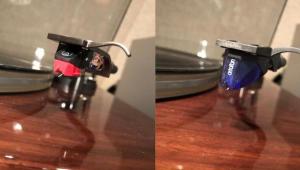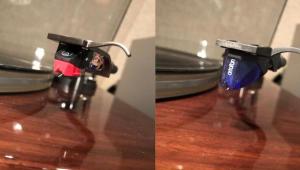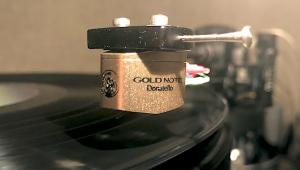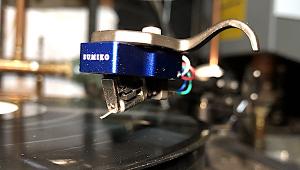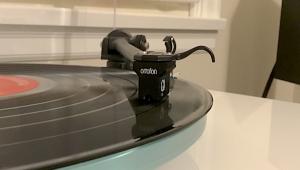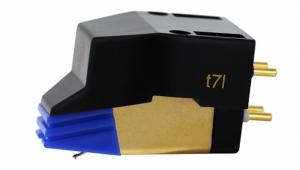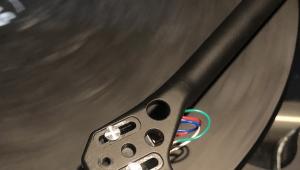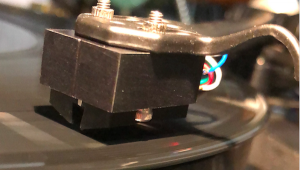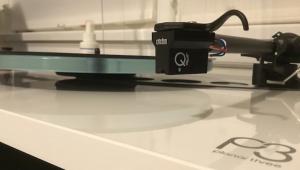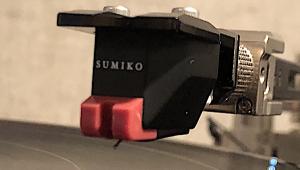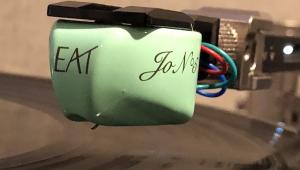I've wanted to try a SS cartridge for a while but right now the audio budget is on the back burner. I currently used and love my Grado wood body Reference Platinum and am excited to one day move up to the Sonata.
I'm interested in your comment that the Grado's sound polite in your system. I've found mine to sound really wonderful and in no way "polite", although very tube dependant, more so than the line stage in my preamp. I've found a really good match to EH 12ax7's. It's a just the facts ma'am sound, although very smooth and big and involving. Analog.
I wonder given thier mechanical similarities if the Grado could be improved by swaping out the loading caps at the input of my preamp. Would you recommend measuring the cable capacitance from tip to tail of my leads first.
